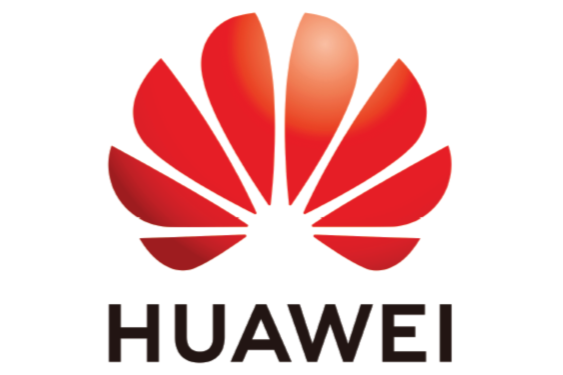Empowering Future Connectivity Through Optical Wireless Communications
Scope of the papers
In a fully automated and intelligent world where billions of devices will be connected via the local and public-based cloud networking, there will be the need for telecommunication networks transferring huge amounts of data at much higher speeds over large numbers of highly reliable data connections in parallel. As such, 5G and 6G wireless networks are aiming at full realization of the Internet-of-Things through everything-to-everything connectivity paradigm using new spectrums (i.e., millimetre wave (mmWave), tera Hertz (THz), and optical bands), disruptive enabling technologies, and artificial intelligence. The optical wireless communications (OWC) offer opportunities in three distinctive optical bands of infrared, visible, and ultraviolet that are deployable in indoor and outdoor environments as well as in underwater scenarios. In recent years, we have seen a surge in research and development activities in OWC, which has led to the development of new solutions capable of delivering ubiquitous, high date rate, and low-cost wireless network access in a variety of application scenarios, as will be within the scope of this conference. The COST Action on European network on future generation optical wireless communication technologies (NEWFOCUS) has aimed to serve as a global networking platform through capacity building of all relevant stakeholders including universities, research institutions, major industry players, small to medium enterprises, governmental bodies, and nongovernmental organisations. As part of NEWFOCUS, we will be running a Special Session on OWC focused on latest research and development in
- Free space optics
- Networked bidirectional OWC (also known as LiFi)
- Visible light communications
- Ultraviolet communications
- Optical camera communications
- Hybrid OWC and RF systems
- OWC for a range of applications
Submission Guidelines
Full Papers (only): Full paper submissions of original work (not previously published, or under review at another conference or journal) must not be longer than five pages. Accepted full papers will be published in IEEE Xplore.
Submissions are now accepted through EDAS.
Submit the PaperImportant Dates
- Paper submission deadline: April 19, 2024
- Notification of acceptance: April 30, 2024
- Camera-ready papers due:May 3, 2024
Organizers and Chairs
- M-A Khalighi, École Centrale Méditerranée, France
- Z. Ghassemlooy, Northumbria University, UK
- S. Zvanovec, Czech Technical University in Prague, Czech Republic
- N. Stevens, KU Leuven, Belgium
- Amita Shrestha, German Aerospace Center, Germany
- L. Alves, Instituto de Telecommunicações, Portugal
- Milica Petkovic, University of Novi Sad, Serbia
- Xiaodan Pang, KTH Royal Institute of Technology, Sweden
- Giulio Cossu, Scuola Superiore Sant'Anna, Italy
- A-M Vegni, Università degli Studi Roma Tre, Italy
- R. Perez-Jiminez, Universidad de Las Palmas de Gran Canaria, Spain
- Pranciskus Vitta, Vilnius University, Lithuania
- A. Dowhuszko, Aalto University, Finland
- Marija Furdek Prekratic, Chalmers University, Sweden














